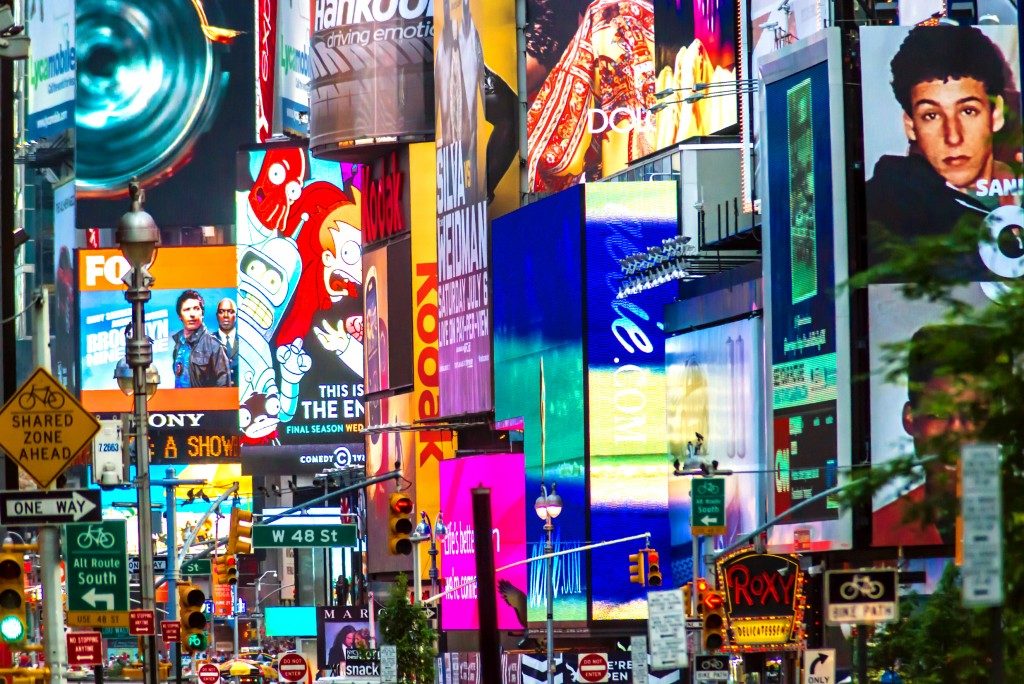This 2019, ads are getting more politically correct. In terms of the medium, popular brands are leaning towards filmic pieces that aim to tug at people’s heartstrings or tickle their funny bone.
Throughout the years, advertising has evolved into a multifaceted form of communication with multiple ways for brands to send their message across. The internet alone carries advertorials, branded viral videos, banners, and sponsored posts, to name a few. Then, there goes the traditional form of advertising, such as print in which ad agencies have been trying to utilize in new ways.
City-based agencies are just as well-versed in this new and improved advertising language. An ad agency in Salt Lake City knows the importance of personal connection in the art of ad-making. Nowadays, it’s pretty cringe-worthy to imagine the backlash if pre-1970s ads would be released today. Ads showing explicit racism and unconcealed misogyny used to be the source of humor back then. Even pushing drugs to children was deemed funny and unproblematic.
Many are aware of the fact that any product of advertising is designed to stir an emotive response that connects an individual with the product or service that is being promoted in the ad. Of course, brands do not purposefully offend their customers and probable customers with ads, but they do not particularly go to the safe route either. Meaning, the goal is to shake the consumers from where they are seated and douse them with cold water if necessary. Ad agencies are tasked to do that creatively without the consumers crying offense when all is said and done.
Here are the top 2 smartest ads in 2019:
- Gillette
Surely, everyone knows Gillette’s recent “The Best Men Can Be” ad, which played on Gillette’s long-time slogan, “The Best Men Can Get.” The ad encouraged men to call out other men’s toxic behavior and raise their son differently.
The ad caused a huge backlash from men. Social media platforms were filled with men throwing out their Gillette razors. In hindsight, it might appear like a major disaster. Gillette offended their major consumers: men. In reality, it was a successful campaign. Women liked the campaign so much, and they made sure everyone knows it on social media.
Over the years, Gillette lost 20% of its market share because of lower-priced competitors such as Harry’s and Dollar Shave Club. They re-focused their target market towards women— women who buy expensive razors, talk about shaving on social media and use razors just as often as men. Women who experience misogyny daily.
- British Army

The British army released a series of posters recreating the famous World War 1 recruitment campaign, “Your country needs you.” The campaign combined nostalgia and empathy by using the stereotypes associated with the Millennials and turning them around by saying those are exactly the qualities why the army needs them.
Despite the backlash- many called the campaign disrespectful to the WWI veterans- it was highly effective. The largest number of people applied to join the army on the day the posters were released, and applications doubled in the first month. The army garnered a total of 2700 applicants in the next five days since the campaign’s launch.
Campaigns need to be backed by research. Knowing the target market and the ways to talk to them through the campaign is the most important part. Never mind the fact that others may not be pleased with it.


















